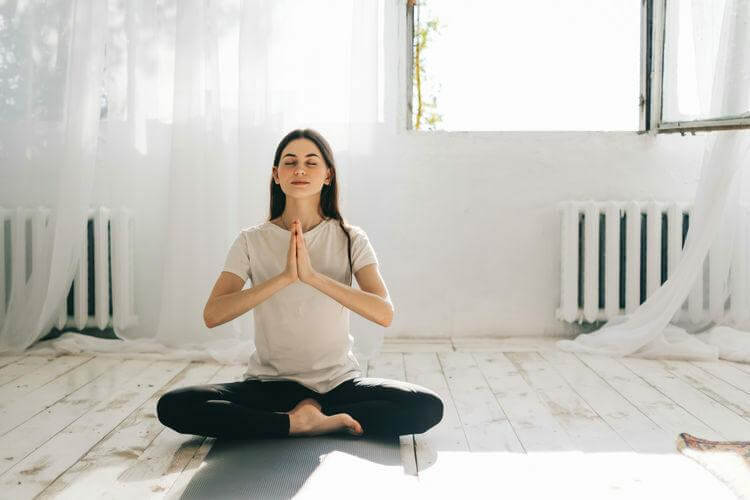Author: Randeep Singh / go to all articles on Yoga Concepts

Many of us are not able to
avail the services of a
due to a number of factors
which are out of our control.
Still since we do not want to
completely miss out on all the beneficial ways,
Yoga can influence our over all living quality.
Some of us choose to do some rudimentary Yoga on our own,
without the help of a personal yoga trainer at home, and end up with some common alignment mistakes, which can prove damaging in the long run.
. A few of us would access a nearby park for carrying out our daily basic Yoga asana and pranayama practices. The dangerous part is that most of our knowledge of yoga comes from intermittently watching some Yoga shows on TV or from observing others doing the same in public places. Little do we realize the significance of the detailed alignment and techniques involved in each of these seemingly simple yoga asanas, and pranayamas.
We need to understand the concept of asana in yoga and the role it plays in the larger scheme of the Classical yoga of Patanjali. One must also be well versed with the principles of alignment in yoga to avoid any injuries while doing yoga at home. Most of us are generally oblivious to the intensity of negative consequences that can result from playing with any of the Yoga poses in an amateurish manner.
Basic Alignment Mistakes, Yoga On our Own
The information provided in the video related to the basic alignment mistakes one can make while doing Yoga on one’s own has been supported with the additional info given below on how to do the basic Yoga asanas the right way. Asanas fall under Hatha yoga category as it is a a pure physical training system. If practiced the right way Hatha yoga has amazing benefits for the mind as well as for the body.
Walking the right way – Walking is the basic activity we all have to undertake for our basic existence irrespective of how sedentary or healthy lifestyles we have. What we do not realize is the fact that legs bear the weight of the entire torso above, which in case not distributed equally on each leg can cause serious postural and mobility issues. The knowledge of standing the right way is a must in case one want to benefit from doing yoga at home, and avoid the common alignment mistakes.
The first rule to be adhered to while walking is that the heal must land first on the ground and the toe must follow it. This alignment being in tune with the gravity places the weight above in the direction aligned with the length of the leg.
Secondly walk with the feet falling on the ground parallel to each other, not twisted outward. Feet twisted outward also turns the knees at the knee joints out causing undue pressure there, causing damage in the long run, as the knee joints are not designed to be moving in that direction.
While doing yoga on your own keep the Spine erect
Spine holds a special position in Ashtanga yoga. An erect spine is a must for keeping the alignment right. any forward bend or slouching in the spinal region creates compression in all the vital organs of the body – lungs, liver, stomach, intestines – reducing their efficiency to a large extent. This a another common alignment mistakes we tend to overlook.
Whether we sit in Padmasana or Sukhasana most of us are habitually inclined to keeping our chin down in general and while doing Yoga pranayamas in particular. Keeping the chin up while learning Yoga at home in a sitting or a standing position will automatically slide the spine straight.
Lear to coordinate the action, attitude, and alignment the right way while practicing yoga asana.
Knowledge of basic prerequisites for doing pranayamas can help enhance the associated benefits of yoga breathing exercises. As per Kundilini yoga the prana when flows unhindered up into the spine ( Sushumna nadi) automatically calms the mind down, for this to happen the spine has to be kept vertically straight.
While doing everyday yoga on your own avoid sitting on a chair or a bench which has its seat slanting backwards as the torso tends to slant forward in an effort to compensate for the backward tilt in the thigh region.
This again has the same side effects as of a slouched spine. Moreover since the lower back gets a backward push in this alignment, it loses its concavity which puts undue stress on the vertebrae in the lumbar region of the spine.
Other Informative Articles….
